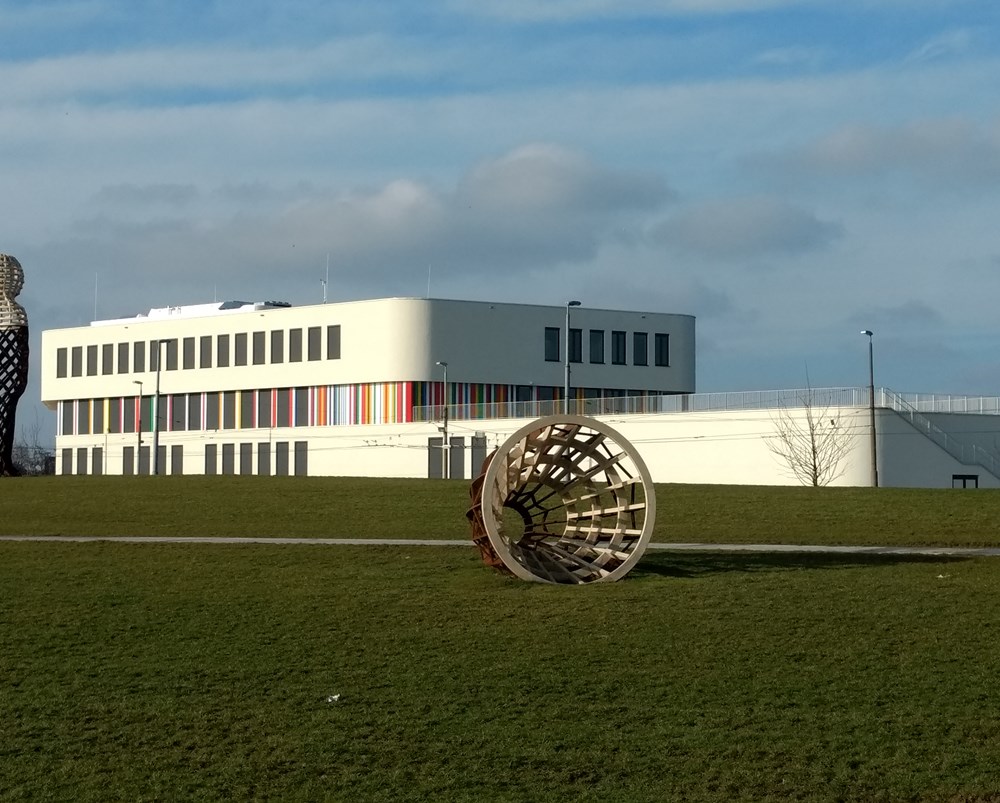
Education system in the Netherlands
Education is compulsory (leerplicht) in the Netherlands from the ages of five to 16, however, most children start to attend primary school at age four. While the structure of primary education in the Netherlands is straightforward, the structure of the Dutch secondary education system often seems confusing because of the multiple paths and graduation ages in high school.

Childcare
There are several different options for pre-school, daycare, and childminding in the Netherlands. Most of these are for children below primary school age, but it also includes, for example, after-school care for school-aged children. To find out more about daycare and childminding options, and how this works in the Netherlands, you can read our separate article on the topic.

Different education philosophies
Choice of educational philosophy is very important for many parents in the Netherlands. It is important to understand the differences between the philosophies to be able to make the best choice for your child.
For example, at Montessori schools, children are taught to become independent, and they often work at their own pace. In Dalton schools, they learn to make their own realistic plans and schedules, and work in groups on projects. In Jenaplan schools, the community plays an important role, and Waldorf (vrije) schools have a strong focus on nature and mainly teach through stories, poems, recitals, and plays.
Ready for secondary school?
In group 8, the final year, every school administer an aptitude test called the 'Cito Eindtoets Basisonderwijs'. It's designed to help the school in recommending the type of secondary education best suited for a pupil. After primary school, pupils (and their parents) can select one of four types of secondary education:
- Vocational education;
- VMBO (preparatory secondary vocational education);
- HAVO (senior general secondary education);
- VWO (university preparatory education).

Vocational education
Vocational education is intended for practically minded pupils who are not particularly bookish. During the five-year vocational education, the pupil is guided towards employment or possibly employment and additional schooling. Apart from preparing the pupil for a job, it's also aimed at developing competencies required after school, with regards to living, citizenship and leisure time activities.
Preparatory secondary vocational education (VMBO)
Preparatory secondary vocational education, abbreviated to VMBO in Dutch, is one of the four types of secondary education in the Netherlands. VMBO pupils are usually called 'vmbo'ers'. VMBO nominally lasts four years.
It offers four learning pathways that lead to mid-level professional education (MBO in Dutch):
- Basic vocational programme
- Advanced vocational programme
- Combined programme
- Theoretical programme
VMBO is subdivided in four different sectors:
- Economics
- Engineering
- Care and well-being
- Agriculture
Senior general secondary education (HAVO)
Senior general secondary education, for which the Dutch abbreviation HAVO is commonly used, is the second highest level within secondary education. HAVO lasts five years. It prepares pupils for higher professional education (HBO in Dutch).
HAVO pupils have to select a combination of subjects before the start of their fourth year, corresponding with a specific profile. There are four profiles:
- Nature & Technology ('Natuur & Techniek')
- Nature & Health ('Natuur & Gezondheid')
- Economics & Society ('Economie & Maatschappij')
- Culture & Society ('Cultuur & Maatschappij')
University preparatory education (VWO)
A completed VWO degree gives access to further schooling in higher education at a university of applied sciences or academic university. VWO lasts six years. It consists of:
- Atheneum
- Bilingual education
- Gymnasium
- VWO-technasium
- VWO-plus
VWO has the same four profiles as HAVO

Mid-level professional education (MBO)
Mid-level professional education (abbreviated to MBO) consists of four levels:
- Level 1: assistant training
- Level 2: basic vocational training
- Level 3: professional training
- Level 4: middle-management training
Level 1 has no particular threshold. For level 2, a student will need a VMBO diploma (basic vocational programme). For level 3 and 4 a VMBO diploma (advanced vocational programme, combined programme or theoretical programme) is required, or an end-of-year report which shows that the prerequisites were attained to progress from HAVO/VWO 3 to HAVO/VWO 4. A HAVO or VWO diploma will allow you to partake in an accelerated course of study.
Higher professional education (HBO)
HBO consists of two parts. A bachelor's degree takes four years and the master's part takes one or two years. HBO study programmes are provided by universities of applied sciences. To study at a university of applied sciences, you generally need an HAVO, VWO or MBO - level 4 diploma. There are additional requirements in certain cases.
Some universities of applied sciences use the '21+' rule, which means that students over 21 don't need to meet the prerequisites concerning educational background. They can gain admission by passing an admission test.
Academic education
With a VWO diploma or successful completion of the first year of an HBO programme under your belt, you'll generally be admitted to an academic institution. This is the highest level of education available in the Netherlands — you'll be studying at a university. University education consists of two parts: bachelor and master. The programmes are aimed at theoretical knowledge and the development of research skills.
Rivers International School
The Arnhem – Nijmegen – Foodvalley area has one International school: Rivers International School, located in a brand-new building in Arnhem. The school provides preschool, primary and secondary education. Around 45 nationalities are represented in a school population of 200 to 250 pupils. The pupils are mainly from expat families who live and work in the region.
The educational landscape of the Netherlands
The Dutch educational landscape can seem quite complicated. If our expositions above have not yet made everything clear to you, perhaps this video will help. It allows you to see at a single glance how the different forms of education are linked up with each other.


